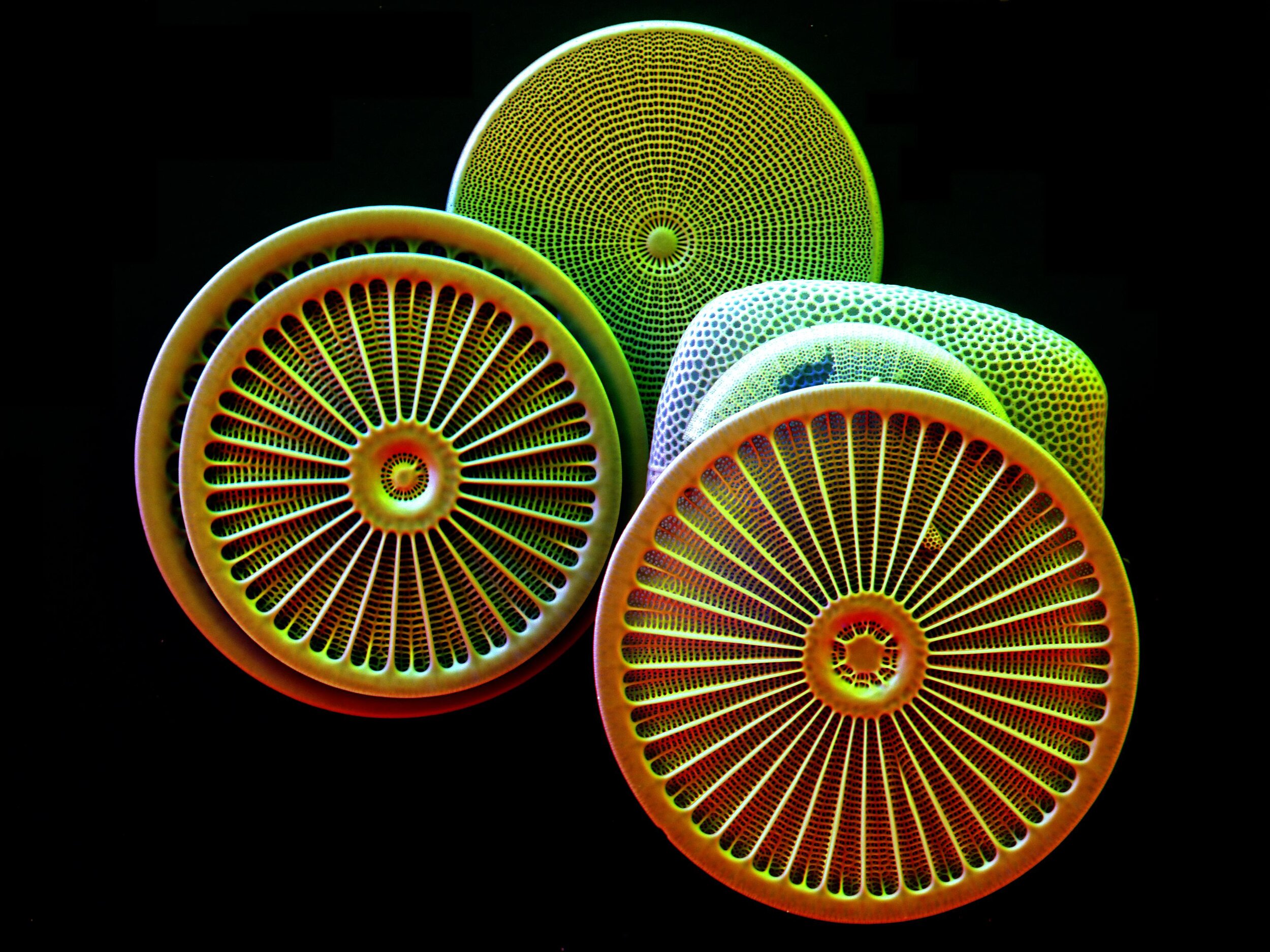Alternation of Generations
One of the wildest things I’ve learned about biology is that other organisms have different life cycles than we humans do. I think the way we reproduce makes a lot of sense: adults make gametes that get together to make babies who become adults. It seems streamlined, and I assumed everything worked that way (everything big anyway—tiny stuff has its own rules). Nope. Fungus is weird, plants are weird. Plants do not just make gametes that become seeds that become plants that make gametes and so on. Plants make spores that grow into little plantlets (not the technical term) that don’t look anything like the main plant. Then the plantlet makes gametes that get together to make a big plant again. This is called alternation of generations. In human terms, it would be like if, instead of having a human baby, your parents gave birth to a baby yoda—a little green thing that looks nothing like them. Then baby yoda gives birth to a human baby. Then the human baby grows up to give birth to baby yodas.
Alternation of Generations: The human equivalent
This is my family if they were plants. Those are my parents. They had baby yoda instead of my brother and me. Then baby yodas made my nephew.
This is the more typical diagram you see in text books. It does a good job of showing how the generations are switching between two sets of genetic information (2n, or diploid), and one set (n, or haploid). As humans, we have two sets of genetic information—one from mom and one from dad. In order to make gametes, we reduce down to one set that is a random mix of mom’s and dad’s genes. When two gametes get together during fertilization, the new person that is made is back up to two sets of genetic information.
A typical diagram of alternation of generation in plants. The top portion, the “n” phases, have one set of genetic information. The bottom, “2n” phases have two sets of genetic information
CC license , from Wikipedia
Most plants that we see around are in their sporophyte phase. That is, they were formed by gametes and have two sets of genetic information. In bryophytes, like moss and these liverworts, the phase we usually see is the gametophyte phase.
These bryophytes (non-vascular plants), moss and liverworts, are gametophytes. They only have one set of genetic information.
The green moss is the gametophyte, but once in a while you will see it with little antenna parts. Those are the moss sporophytes.
This post inspired by baby yoda memes:










